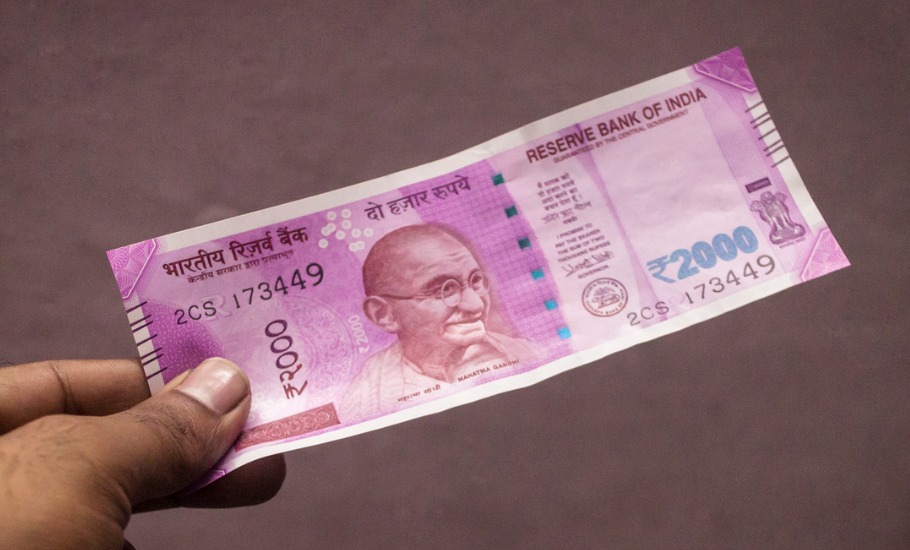
Motive, post-Sep 30 status: Unanswered questions of 2,000-rupee note withdrawal

The removal of the 2,000-rupee note from circulation is anticipated to be less disruptive than demonetisation, but there are still several unanswered questions about the sudden decision.
On Friday (May 19), the Reserve Bank of India said it would gradually stop issuing currency notes of the highest denomination. People have been asked to deposit or trade these notes with banks until September 30, 2023. Banks, on the other hand, have been asked to immediately stop issuing 2,000-rupee notes in a statement.
According to the central bank, many 2,000-rupee notes were no longer in use. It claimed these did not account for a sizable part of the currency in use even at the peak of their circulation. When the 500-rupee and 1,000-rupee notes were demonetised in 2016, they made up 80 per cent of the total cash in circulation. But currently, they barely make up 10 to 11 per cent of it.
According to the RBI, almost 90 per cent of the 2,000-rupee notes were issued in March 2017 and are about to reach the end of their estimated four- to five-year lifespan.
The entire value of these banknotes in circulation has decreased from Rs 6.73 lakh crore at its highest in March 31, 2018 (37.3 per cent of notes in circulation) to Rs 3.62 lakh crore, constituting only 10.8 per cent of notes in circulation on March 31, 2023, said a statement from the Central Bank.
Also read: Is second demonetisation cover-up of wrong decision made earlier, asks Kharge
Unanswered questions
However, it is still unclear whether the 2,000-rupee note will continue to be accepted by banks beyond September 30, 2023, and continue to be legal tender from October 1, 2023.
Also, any exchange of 2,000-rupee notes cannot exceed Rs 20,000 at a time, according to the RBI. Therefore, those who have acquired more than Rs 20,000 in these notes must go to the banks numerous times to exchange them.
Opposition parties have questioned the motive behind the decision to introduce the 2,000-rupee notes and later withdraw these. Communist parties have demanded that a white paper on the state of the economy post-demonetisation be brought out.
On November 8, 2016, the Government of India announced the demonetisation of all 500-rupee and 1,000-rupee banknotes of the Mahatma Gandhi series, constituting 86 per cent of cash, from the system. It also announced the issuance of new 500-rupee and 2,000-rupee banknotes in exchange for the demonetised banknotes.
Opposition-speak
As expected, the government/RBI have withdrawn the Rs 2000 note and given time until September 30 to exchange the notes
The Rs 2000 note is hardly a popular medium of exchange. We said this in November 2016 and we have been proved correct
The Rs 2000 note was a band-aid to…
— P. Chidambaram (@PChidambaram_IN) May 19, 2023
Former finance minister P Chidambaram tweeted that the 2,000-rupee note was a “band-aid to cover up the foolish decision of demonetising Rs 500 and Rs 1,000 notes”.
“As expected, the government/RBI have withdrawn the Rs 2,000 note and given time until September 30 to exchange the notes. The Rs 2,000 note is hardly a popular medium of exchange. We said this in November 2016, and we have been proved correct,” the tweet read.
“I shall not be surprised if the government/RBI re-introduces the Rs 1,000 note as well. Demonetisation has come full circle!” he added.
Also read: RBI report shows increase in fake notes; Opposition attacks Centre over demonetisation
Surprisingly, the government had claimed at the time of demonetisation that the high-value notes of Rs 500 and Rs 1,000 were the primary methods for money hoarding and financing terrorism, but introduced a higher-value currency note of Rs 2,000 soon after.
In another tweet, Chidambaram wrote: “Rs 2000 note was never a ‘clean’ note. It was not used by the vast majority of the people. It was used only by people to keep their black money, temporarily!”
Positive views
Vimal Nadar, Head of Research at Colliers India, was quoted in an ANI report as saying that the withdrawal of 2,000-rupee notes was expected and a timely step towards sensible currency management within the context of upholding banking and financial discipline.
ICRA Senior Vice-President of Financial Sector Ratings, Karthik Srinivasan, believes eliminating 2000-rupee banknotes will temper interest rate increases on deposits. “We anticipate a slight improvement in bank deposit accretion soon, as it was seen during demonetisation. It will lessen the need to raise deposit rates and keep short-term interest rates in check.”

